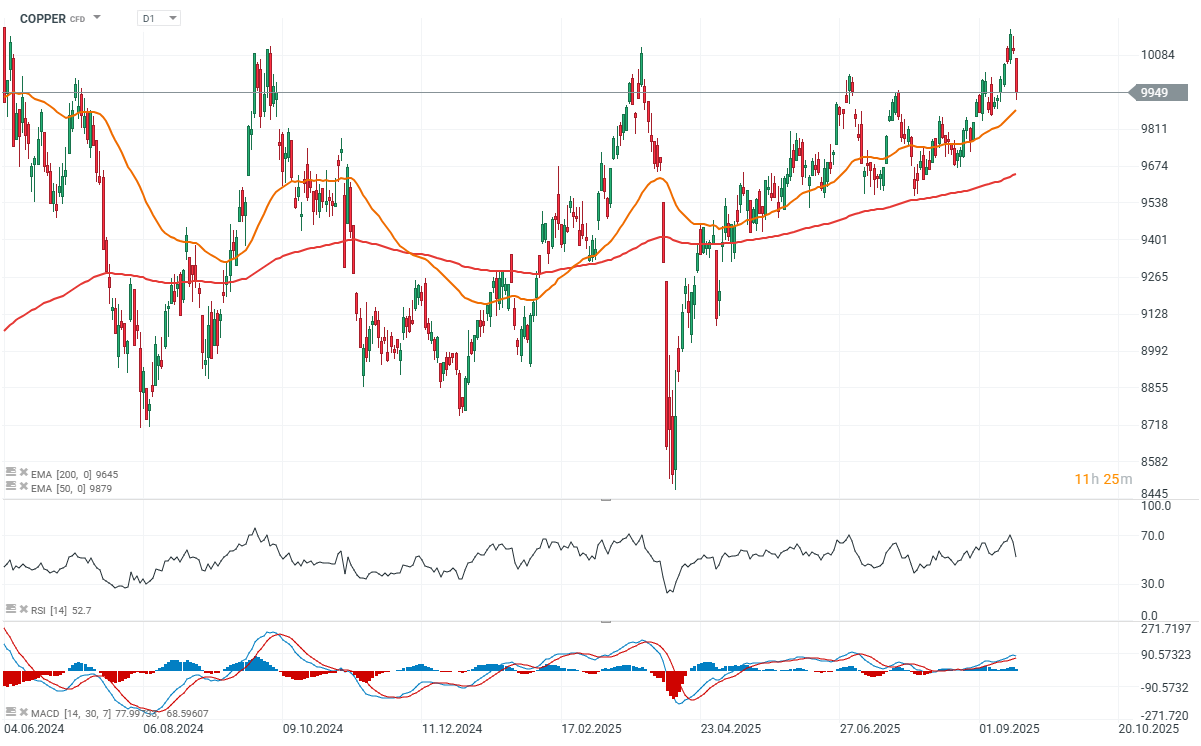Copper prices are falling as the market prices in expectations of higher production in Chile, which partly offsets the effect of a weaker dollar. Currently, Chile is the world’s largest copper producer (about 25% of global supply) and expects output to grow this year despite problems at several key mines.
In 2023, Chile’s production dropped to its lowest level in 20 years. Notably, copper is retreating from nearly 15-month highs, with part of the decline linked to a somewhat steadier dollar and the possibility of slightly more hawkish Fed inflation projections (decision due today at 6 PM GMT). Meanwhile, in Chile:
-
Escondida mine (BHP) reported an 11% increase in output in the first half of the year.
-
Collahuasi is emerging from a period of low-grade ore production.
-
El Salvador has been ramping up capacity after redevelopment.
Mining Minister Aurora Williams forecasts growth this year and next, with production reaching a record 6 million tons annually by 2027 — marking a reversal from last year’s downturn.
Key growth drivers include:
-
The energy transition (copper demand in electrical wiring).
-
Expansion of AI-powered data centers.
On the other hand, Chile has previously missed ambitious targets (Cochilco had long forecast >7 million tons by now). Codelco also remains a central player but continues to struggle with years of underinvestment.
Copper (D1 interval)
Copper is down more than 1.5% today, moving closer to the 50-day exponential moving average (EMA50, orange line).
Source: xStation5
Daily summary: Markets recover optimism at the end of the week
Three Markets to Watch Next Week (09.01.2026)
US OPEN: Investors exercise caution in the face of uncertainty.
BREAKING: Employment in Canada better than expected! 🍁📈


